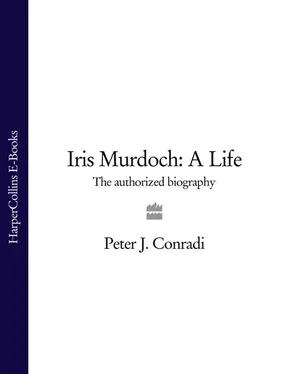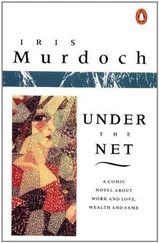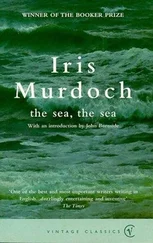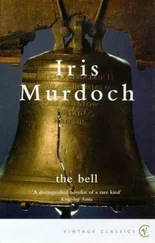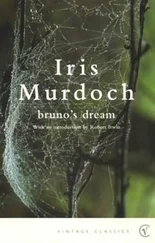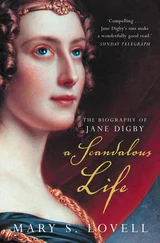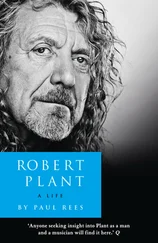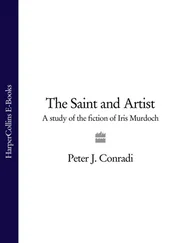I INNOCENCE Fairy-Tale Princess 1919–1944
‘I get a frisson of joy to think that I am of this age, this Europe – saved or damned with it.’
Letter to Marjorie Boulton from Brussels,
6 November 1945
1 ‘You ask how Irish she is?’ 1616–1925
One day in 1888, on the North Island of New Zealand, a runaway horse with an alarmed and excited girl on its back galloped into Wills Hughes Murdoch’s view. He was twenty-seven years old, 1and had been quietly tending his sheep. He managed to race after the horse, to jump out and grab the reins, calm and finally stop it. The girl, Louisa Shaw, who was on her way to school, was that November to be his bride. She was only seventeen when they married. 2
This mode of meeting and instantly falling in love sounds like something invented by his future granddaughter. Her novels test to the point of self-parody the literary convention of the coup de foudre, or love at first sight: the chance meeting between kindred souls that changes lives for ever. It was as much a family tradition. Wills and Louisa’s eldest child Hughes was to meet and fall for his nineteen-year-old future bride on a Dublin tram in 1918, towards the end of the First World War. And John Bayley was first to sight Wills’s granddaughter Iris bicycling past his Oxford college window in 1953. In three successive generations the girl at least is on the move, while the man – and twice also the girl – is love-struck, and nothing again is quite as it was.
The Murdochs are a staunchly Protestant Scots-Irish family who crossed the Irish Sea to Ulster from their native Galloway in Scotland in the seventeenth century. The name ‘Murdoch’ is essentially Scots Gaelic – from Mhuirchaidh, though an Irish Gaelic version, O’Muircheartaigh, meaning navigator, sometimes written Murtagh, is also common. They farmed modestly in County Down, where they prided themselves on having been for seven generations. In the 1880s Wills John Murdoch left the family farm for his spell in New Zealand, to learn about sheep-rearing, and probably also to make good on his own. It was a period of agricultural unrest and depression, and of Irish emigration generally. 3Family tradition suggests that Wills’s uncle had left for Indiana twenty-five years earlier, while his elder brother Richard was also in New Zealand, working as a teacher, and died there, unmarried, not long before the First World War.
Wills and Louisa’s first baby, Wills John Hughes Murdoch, was born in Thames, seventy miles south-east of Auckland, on 26 April 1890. When Hughes was a year and a half old, on 9 January 1892, Wills’s father died, and Wills came back to help run the family farm in County Down. Legend has it that on the journey home baby Hughes was nearly washed overboard in a storm, but was saved by a vigilant sailor.
The farm was Ballymullan House, Hillhall, in County Down, eight miles outside Belfast, and at that time ‘real country’. Even today it has not become suburban, but away from the old main road to Lisburn that cuts through it, it is a quiet country hamlet. Ballymullan House had been left by Wills’s greatgrandfather, another Richard, described in his will as ‘merchant and farmer’, 4to Wills’s father Richard (1824–92) and uncle William John (1825–1908). The five-bay, two-storeyed, shallow-roofed eighteenth-century house – ‘Georgian’ suggests something too English, insufficiently atmospheric and provincial – has dressed-stone corners, some old panelled windows, a large kitchen with a small-windowed ‘gam’ wall, a grey marble fireplace in the drawing-room, two fine old oak-panelled doors, an orchard and an old yard with a pump that produced ‘the most beautiful well water’. 5There were at least sixty acres of mixed farmland.
Louisa, whom Iris knew well – she died aged seventy-five, living at 8 Adelaide Avenue in Belfast, in 1947 6– is remembered by her grandchildren as a cheerful, always youthful person. She was happy and had the gift of making others so. At twenty-one she had to leave her entire family and known world, to sail across the seas to a wholly strange place, and to live in a house with unknown in-laws. She was to share – contentedly – Ballymullan with her mother-in-law and three sisters-in-law – Margaret, Sarah and Annie. 7There is an echo of her journey in Chloe, also a New Zealander, ‘the girl from far-away’ in The Good Apprentice.
Two aspects of the household Louisa bravely travelled to join are striking. Iris’s father Hughes was brought up on a farm which had been inherited by the brothers Richard and William from their grandfather. Wills, son of the elder brother Richard, chose to leave for the southern hemisphere. Strife or tension between brothers is the main driving force behind the plots of many of Iris’s novels, from A Severed Head to The Green Knight. Shakespeare’s plots provide one model for this; life, another.
The second aspect, even allowing for the shorter life expectancy of that epoch, is the family’s high death-rate. Richard had, it is true, seven surviving siblings, but Wills’s sister Isabella died in 1868 aged fourteen, his brother Samuel in 1869 aged four, and his brother James in 1889 aged nineteen. As for Uncle William, the other heir to Hillhall, he had lost six children in infancy, and his wife Charlotte died in 1876. William had another four surviving children, three of them girls, one of whom, Charlotte Clark, was married. She and her elder sister Margaret died within a fortnight of each other in March 1893, aged twenty-seven and thirty-two respectively. Wills’s mother Sarah died in 1895, three years after his father. His youngest child Lilian died, aged three, in 1900.
What might such reminders of mortality do to the Murdoch family’s religious sense? Wills and Louisa’s eldest daughter Sarah, born in 1893, was washed to the wilder shores of Irish Protestantism. Her sister Ella (1894–1990) became a missionary. And Hughes, their only son – perhaps in reaction – probably turned free-thinker. In the following generation Hughes’s only child Iris was to contrive to be both passionately religious by nature and by blood-instinct, yet devoutly sceptical about most traditions in practice. Dominic de Grunne, a tutor at Wadham College in the 1950s, observing her over many decades and working, when they first met, on a doctorate on lay religious feeling among seventeenth-century Britons, soon saw in her the extreme ‘idealistic puritanism’ of her planter-Ulster forebears. 8Iris was, especially before her marriage, prone to humourless outrage about social and political issues – the wickedness of apartheid being one theme. Friends would later recount how, eyes flaming and flashing, she ‘took up the cudgels’ and ‘stood on her dignity’. She also inherited from her father’s side an intense radical individualism.
The Murdoch family burial plot is in the Church of Ireland graveyard at Derriaghy, County Down, not far from Hillhall. The church itself is an ugly Victorian confection. Two family graves, one for each brother – Richard, William – and his descendants, stand side by side like rival siblings within their low railing, opposite the south-facing door. A sum bequeathed around 1868 to keep the gravestones clean had dwindled by the 1920s, so that the grandchildren – who, most summers, included young Iris over from England – had to clean the headstones, scrape the railings, apply paint and keep the weeds in check.
There are many Richards and Williams in the Murdoch family tree. ‘Hughes’ was one common or standard middle name, ‘Wills’ another – probably emphasising a connexion with the family name of the Marquesses of Downshire, from whom the Murdochs in the nineteenth century rented eleven and a half acres of land. It is one curiosity of these graves that, as in the kind of doubling novelists delight in, two people buried here bear the same name – Wills’s sister Isabella Jane Shaw Murdoch, who was Iris’s great aunt and who died in 1868; and Iris’s formidable aunt Ella Ardili, also born Isabella Jane Shaw Murdoch, who died in 1990. The ‘Shaw’ in Aunt Ella’s name came from her mother Louisa Shaw from New Zealand, who – presumably – also came of Irish stock, and may indeed have been a distant cousin.
Читать дальше
